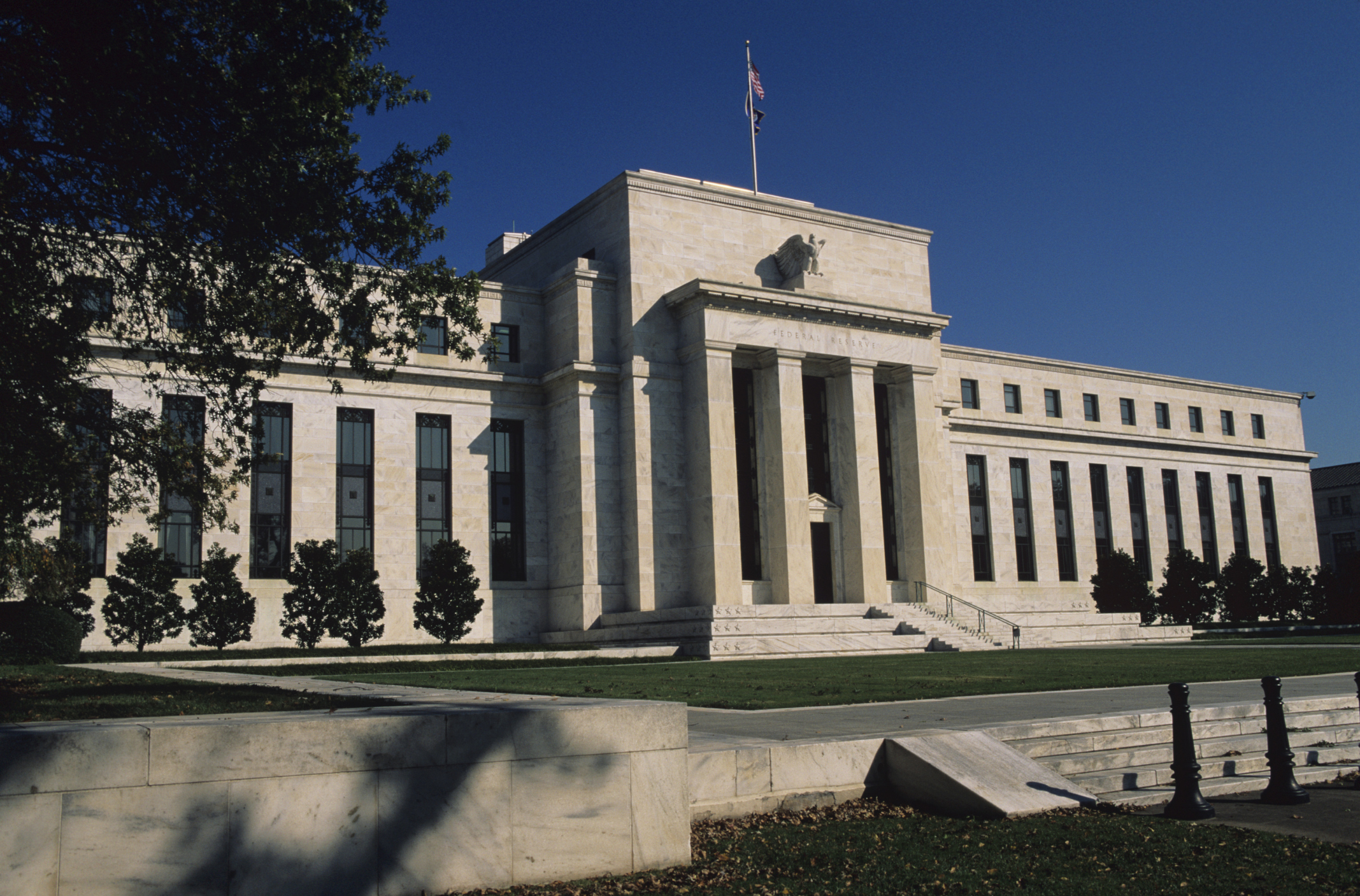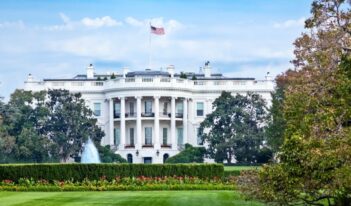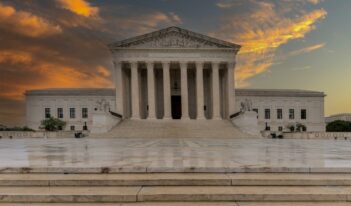
Rise in leveraged lending prompts concern among the top U.S. financial regulatory agencies.
Despite vigorous new regulatory controls adopted in the wake of the recent financial crisis, financial lending has only become riskier, according to a report released last November by U.S. financial regulators.
The report, issued jointly by the Federal Reserve, the Federal Deposit Insurance Corporation (FDIC), and the Office of the Comptroller of the Currency (OCC) as part of their annual Shared National Credits (SNC) review, identified growing credit risks in financial lending behavior throughout the U.S., and cautioned that this trend could imperil economic recovery. Specifically, the agencies found that banks’ current leveraged lending practices increase national credit risks and pose challenges for regulators.
Leveraged lending occurs when a bank lends money to a company in need of capital and then sells that debt to another party—usually an investment fund such as a hedge fund, mutual fund, or pension fund. Often, leveraged loans are made to companies that have low credit ratings or need more capital than they could otherwise acquire because of their debt-to-equity ratio.
Banks seeking higher-yielding investments are often willing to assume the greater risks associated with these loans. Leveraged loans provide investors with opportunities for high returns due to their higher interest rates and repayment terms that are often more favorable to lenders. However, they also pose greater risks than many traditional assets because of the borrower’s lower credit and the degree of separation between the initial borrower and the third-party fund that acquires the loan.
The Federal Reserve, FDIC, and OCC monitor bank behavior to mitigate risky lending and identify potential financial bubbles before they pose a threat to the economy. Each year, the three agencies conduct the SNC review of bank lending to assess risks in large, complex credits shared by multiple financial institutions. The annual reviews examine both specific shared bank loans and industry-wide patterns in leveraged lending behavior.
In the 2013 SNC report on financial lending practices, the agencies identified two central problems in national lending behavior. First, in addition to the risks inherent in leveraged lending, many loan contracts lacked standard legal protections designed to protect creditors during borrower defaults. This put lenders at a greater risk of insolvency in the event of an economic downturn. Second, the borrowing companies had assumed more loans than they likely would be able to repay.
In response to these findings, the agencies issued an Interagency Guidance on Leveraged Lending in March 2013, which was designed to ensure that federally regulated banks conduct leveraged lending activities in a “safe and sound manner.” The guidance laid out the agencies’ general policy expectations for leveraged lending practices.
However, in their 2014 report, the agencies found that banks have yet to comply with these standards, and identified “gaps between industry practices and the expectations for safe-and-sound banking articulated in the 2013 guidance.” Specifically, they pointed to risk-management weaknesses such as poor methods for loan valuations, weaknesses in credit analysis, and over-reliance on third-party projections. According to the agencies, both the volume of leveraged lending and the associated credit risks are increasing from year to year. The 2014 analysis identified serious risks associated with approximately one third of the $767 billion of leveraged loans surveyed.
The rise in leveraged lending poses a dilemma for regulators. One of the Federal Reserve’s basic tools to mitigate an economic downturn is to lower interest rates in order to encourage lending. However, lower interest rates also lead investors to explore less conventional assets such as leveraged loans. This creates direct risks for both borrowers and lenders—who may not be able to value the unconventional investments correctly—as well as indirect risks for the whole economy if too many investors flood the leveraged loan market and create a bubble.
Also, considering the risk-seeking behavior and relatively short lifespan of many hedge funds, leveraged lending can pose great risks for unsophisticated borrowers who may enter quickly into attractive agreements that are beyond their capacity to manage. Furthermore, leveraged lending can create a moral hazard problem by insulating the bank—an original party to the loan—from the consequences of a downturn, which would hit the borrower the hardest.
Many lenders have criticized the March 2013 Guidance. Some argue that it is too simplistic and unclear—a complaint that prompted the agencies to issue a FAQ sheet in November 2014 to assist banks with compliance. Others criticize the regulation of leveraged lending in general. They believe that the lending system has been working well and that investors should be free to assume the liability for their own risk-taking behavior. And because leveraged loans are generally secured loans, there is often collateral for a bank to collect if the borrower defaults, which makes the loans safer for banks than some common bonds.
Based on the findings of the 2014 SNC report, the agencies decided to “increase the frequency of leveraged lending reviews to ensure the level of risk is identified and managed.” Rather than raise interest rates or prohibit this type of lending altogether, the agencies so far have taken a targeted approach and only issued specific lending guidance directly into the leveraged loan market. Absent a total prohibition against leveraged lending, it appears that these loans—and the risks associated with them—will continue to grow.



